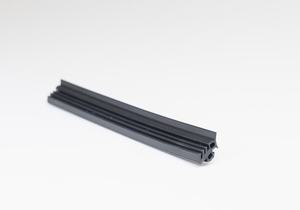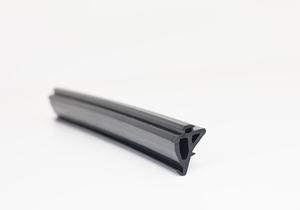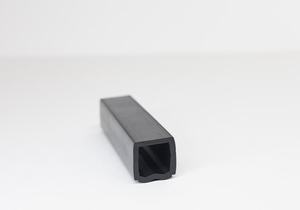Infrastructure gaskets play a critical role in a wide range of industries and applications, serving as essential sealing components that help maintain the integrity and functionality of various infrastructure systems. These gaskets are engineered to create a secure and leak-proof seal between two or more mating surfaces, preventing the escape of fluids, gases, or other substances and, in some cases, facilitating controlled fluid flow within the system. The term “infrastructure gaskets” encompasses a broad spectrum of gasket types, materials, and designs, tailored to meet the specific requirements of different infrastructure projects.
Types of Infrastructure Gaskets:
- Pipeline Gaskets: These gaskets are commonly used in the oil and gas industry, water distribution networks, and various fluid transport systems. They provide a reliable seal between pipeline sections, valves, and other components, ensuring that hazardous substances do not escape and that no external contaminants enter the system.
- Flange Gaskets: Flange connections are prevalent in various industries, including petrochemical, manufacturing, and power generation. Flange gaskets are placed between the flange faces to create a tight seal, preventing leaks in pipes, pressure vessels, and other equipment.
- Manhole and Hatch Gaskets: In wastewater treatment facilities, underground utilities, and storage tanks, manhole and hatch gaskets are essential for maintaining a secure seal around access points. They prevent the infiltration of groundwater, gases, or contaminants into these systems.
- Tunnel Gaskets: Infrastructure such as tunnels, subways, and underground transportation systems require gaskets to seal joints and connections, ensuring safety and preventing water ingress, especially in underground and underwater applications.
- Electrical Enclosure Gaskets: These gaskets are used in electrical infrastructure, such as power distribution cabinets and control panels. They provide a water-tight and dust-proof seal to protect sensitive electrical components from environmental factors.
- HVAC Gaskets: Heating, ventilation, and air conditioning systems employ gaskets to create seals in ductwork, air handling units, and various HVAC components, preventing air and energy leakage.
Materials Used in Infrastructure Gaskets:
The choice of gasket material depends on the specific application and the environmental conditions it will face. Common materials include:
- Rubber Gaskets: Natural rubber, neoprene, EPDM, and silicone rubber are often used for their flexibility and resistance to various fluids and temperatures.
- Metal Gaskets: Materials like stainless steel, copper, and aluminum are used for high-temperature and high-pressure applications, as they offer excellent strength and durability.
- Non-Metallic Gaskets: Compressed non-asbestos gaskets, PTFE (Teflon), and fiberglass are suitable for applications where chemical resistance and electrical insulation are crucial.
Design Considerations:
When designing infrastructure gaskets, engineers must consider factors such as:
- Pressure and Temperature: The gasket must withstand the system’s operating pressure and temperature range.
- Fluid Compatibility: Gasket materials must be compatible with the fluids or gases they will encounter.
- Compression and Sealing Mechanism: The gasket’s design should ensure proper compression to create a reliable seal without over-compression, which can lead to gasket failure.
- Environmental Factors: Factors like UV exposure, weather, and exposure to chemicals must be considered in material selection.
In summary, infrastructure gaskets are vital components in numerous industries, serving as the unsung heroes that maintain the integrity and safety of critical infrastructure systems. Their versatility, material diversity, and precise design make them indispensable in ensuring the functionality and longevity of infrastructure projects ranging from pipelines and utilities to transportation networks and industrial processes.












